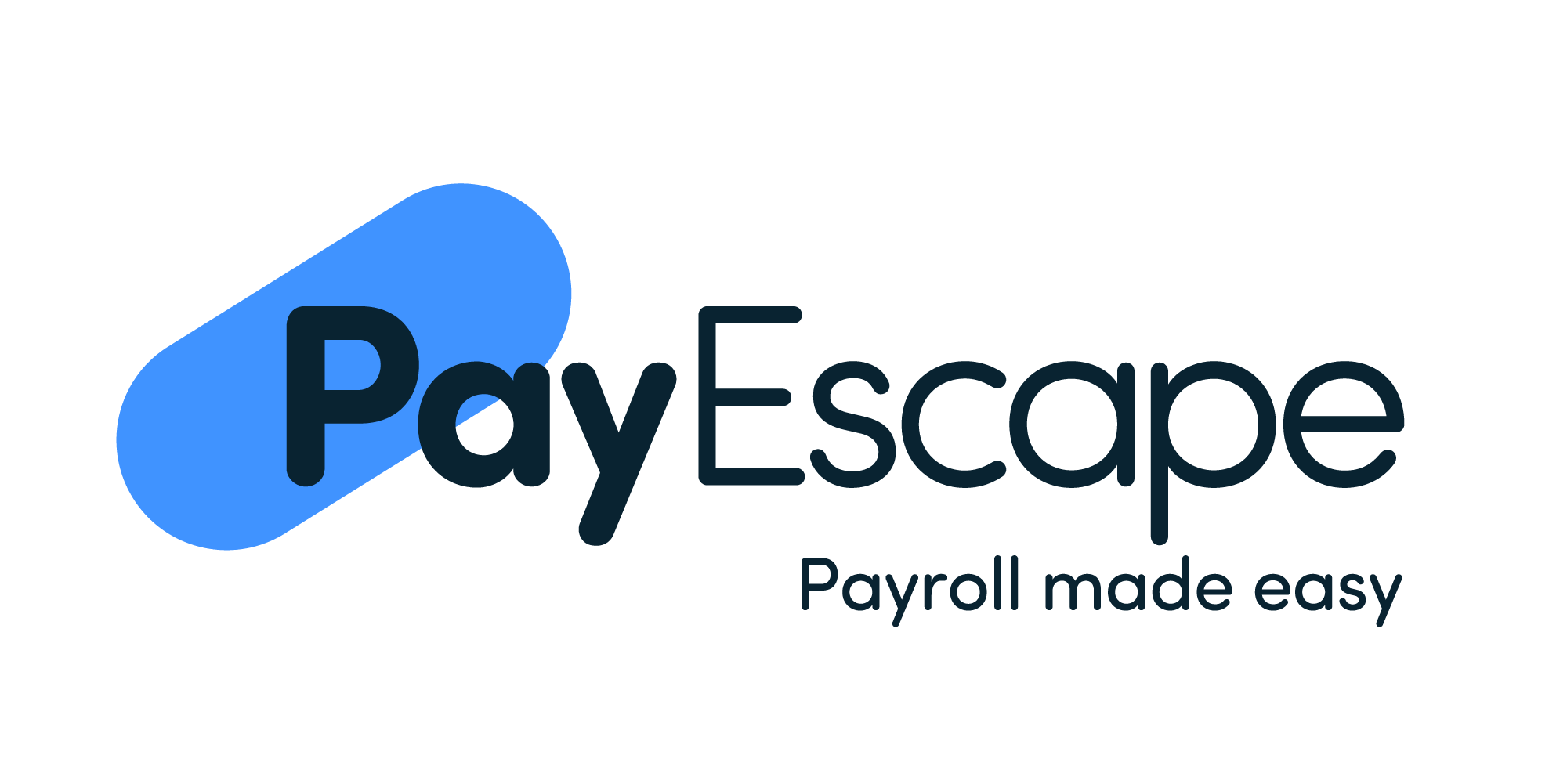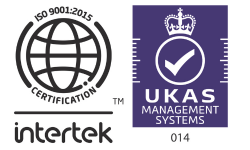Dividends are an important financial tool for limited companies. They enable owners to reward shareholders for their investment and provide a tax-efficient form of remuneration for company directors. This guide explains the source of limited company dividends for employers, how they are distributed, and tax implications for shareholders and directors.
How business profits and company dividends work
Limited company dividends represent the amount of money available to pay shareholders and directors from retained profits after paying Corporation Tax and other liabilities. Retained profits can consist of the current year’s profit, together with any profit not used in earlier years.
Example of dividend tax
For example, if you get £3,000 in dividends and earn £29,570 in wages in the 2022 to 2023 tax year, this gives you a total income of £32,570. You have a Personal Allowance of £12,570. Take this off your total income to leave a taxable income of £20,000. This is in the basic rate tax band, so you would pay:
- 20% tax on £17,000 of wages
- No tax on £2,000 of dividends, because of the dividend allowance
- 8.75% tax on £1,000 of dividends
If you’re a growing business and made a profit of £15,000 in a year and have unused profit of £4,500 from earlier years, a ‘pool’ of £19,500 is available for dividends or other purposes. It is good business practice to keep part of the profit to cover future contingencies or for reinvestment in the business to support growth, if not used then the balance is available for dividend payments. The amount available for dividends is known as ‘distributable profits’.
Declaring dividends for your limited company
Before paying any dividends as a limited company, the directors must take a formal decision over a board meeting to ‘declare a dividend’. This process is mandatory, even if the company has only one director. The decision must be recorded in the minutes of the meeting and communicated to all shareholders.
A company can declare a dividend at any time of the year. Timing is not tied to the financial year-end, and a company can make several dividend declarations during the year. Timing and frequency are only limited by the availability of funds to pay the dividends. Typically, limited companies make annual dividend declarations, although they could choose to make them every six months or quarterly so that shareholders are aware of upcoming announcements.
Limited companies must not declare a dividend if there are insufficient funds in retained profits. HMRC classifies that as an illegal distribution and may impose penalties or take further action. Speak to a payroll provider online today with PayEscape for more advice on managing your limited companies’ pay and profits.
Paying tax on dividends
Taking dividends as part of your earnings from your business can be more tax-efficient than salary alone. To issue dividends as a limited company you must first be making sufficient profit to cover the dividend payments as we mentioned above. Companies pay dividends from profits after accounting for Corporation Tax. How you pay tax on dividends depends on how much you earn as dividend income. For example those who are self-employed will most likely need to use their Self Assessment to inform HMRC of dividend earnings as anything over £10,000 must be included in the individual’s tax return. If you earn under £10,000 in dividends, you will need to contact HMRC directly, or through your accountant, and have your tax code changed.
Dividend allowance
Although we term it an “allowance,” the dividend is actually a zero-rate band, and it taxes dividends covered by the allowance at a rate of 0%. Significantly, dividends covered by the allowance become part of band earnings. The dividend allowance is the value of dividends an individual can earn before they are taxed.
In 2024/25, the dividend allowance is £500, half of what it was last year (£1,000 in 23/24), which is half of what it was the year before that (£2,000 in 22/23). The tax you pay depends on the dividend tax rates below once you start earning above the dividend allowance.
The current dividend tax rates have increased since 2023.
- The new basic rate is 8.75%, an increase from 7.5%.
- The new higher rate is 33.75%, an increase from 32.5%.
- The new additional rate is 39.35%, an increase from 38.1%.
The rates on dividends for 2024/25 are as follows:
- Personal allowance – up to £12,570 at 0%
- Basic rate – £12,571 – £37,700 at 8.75%
- Higher rate – £37,701 – £125,140 at 33.75%
- Additional rate – £125,141 + at 39.35%
With the reduction of the personal dividend allowance on top of these increases, we suggest you review with a payroll provider or accountant so you can withdraw cash from your business in the most efficient way possible.
NI considerations for limited companies
There are both employee and employer NI considerations for limited company directors. A director will pay Employee National Insurance contributions on their salary. This is 0% below £12,570; 10% between £12,570 and £50,270; then 2% above this. An employer is also liable to pay Employer NIC, which is 0% on a salary below £9,100 and 13.8% above this. There is an Employment Allowance available to some employers (but not sole-employee companies), with the effect that the first £5,000 of Employer NI is removed.
How much will you have to pay to HMRC?
Dividends become taxable on the date they’re declared as payable. For example, a dividend declared on October 10th, 2023, as payable on April 10th, 2024, would be subject to tax in the tax year April 6th, 2024, to April 5th, 2025.
For instance, if you were to take a salary of £12,570 (£1,047.50 a month) and draw dividends up to the higher rate threshold of £50,270, the income tax payable would be £3,211.25 per year (£50,270 minus £12,570 Personal Allowance minus £500 tax-free dividend allowance = £37,200 * 8.75% = £3,255). This is an increase of £43.75 compared to the same income levels the year before.
If you’re still unsure, talk to a CIPP certified payroll specialist online to ensure you’re aware of the tax implications of drawing dividends at specific times throughout the year. The amount of tax payable to HMRC will depend on which tax band you fall into.
How PayEscape can help businesses
Dividends are a common and tax-efficient way for limited companies to distribute profits to shareholders and directors. Understanding the rules and tax implications associated with declaring and paying dividends is essential for effective financial planning and compliance.
PayEscape customers can consult with one of our payroll professionals to ensure that your company’s dividend strategy aligns with current regulations and your financial goals. PayEscape offers comprehensive payroll, HR and time management software solutions, ensuring efficient and secure management of your company’s financials. Our services include:
- Top Service & Support: With a 98% client retention rate, our expert support team is always ready to assist.
- Fully Managed Software: Simplify your processes with our integrated, cloud-based software.
- ISO 27001 Certified: We adhere to the highest standards of data security and GDPR compliance.
- Flexible Contracts: Enjoy the flexibility of monthly rolling contracts without long-term commitments.
- Expertise: Benefit from our experienced team of CIPP and CIPD certified professionals who have been serving clients since 2006.














